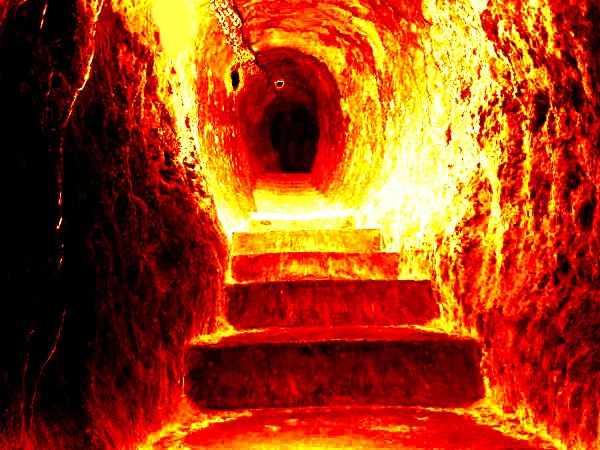What Is the Main Idea of the Book?
Introduction
The Divine Comedy is an epic poem by Dante Alighieri narrated in the first person by the poet as a recall of his journey (Durling, 1996, p.8). The poem was written in Italy in the late middle ages whose setting is in a forest of darkness in a Good Friday, then proceeds to hell and lastly, Dante ascends into heaven. In 1265, Dante was born in Florence and was recognized as one of the best poets in the Italian literature with his highlight being The Divine Comedy.
Dante grew up in not very conducive conditions since, during his time, Italy experienced political upheavals and even got married through an arranged marriage to Gemma di Manetto Donati but later fell in love with Beatrice who constantly appears in his poetry (Alighieri 13). Besides The Divine Comedy, Dante also did La Vita Nuova and other minor works. Dante died soon after completion of The Divine Comedy in Florence and buried in Ravenna. This essay will focus on the main idea in Dante’s The Divine Comedy with specific emphasis on examples in the text.
Sin and Salvation
The main idea in Dante’s The Divine Comedy is essentially how people learn to attain salvation. It gives a long narration of how Dante’s pilgrim goes through hell in Inferno and gives such a figurative picture of how sinners suffer without any hope of redemption. Dante gives such a vivid description of the sins committed by different people not in a bid to scare the reader but to caution against sin and how to avoid it (Durling, 1996, p. 18).
Dante symbolically uses hell as the setting as the final destination of all sinners. In fact, everyone is punished by their sins. For example, in circle IV, those who squandered money and those who were misers were to bombard each other without ceasing by use of huge stones which expressed their antagonistic behaviors between excessive squandering and extreme hoarding. On the other hand, thieves were to be cut their hands which they essentially used to steal, and their bodies were to be intertwined with snakes (Alighieri 73).
Later in Ptolemaic cosmos, Dante brings a whole new picture of heaven and describes it in celestial spheres including the Moon, Mercury, Venus, Sun, Mars Jupiter and Saturn. By use of these, Dante overexposes the reader imagination and perception (Durling 61). He further uses symbolism in a creative way where he exemplifies God’s glory by use of the celestial rose which is a circle of light which signifies salvation.
Conclusion
Conclusively, The Divine Comedy by Dante Alighieri is a masterpiece with its major idea being how to attain salvation. Dante uses many stylistic devices and symbols to bring up such a vivid picture of heaven and hell and leaves the reader to decide which side he wants to belong but lays much emphasis on the beauty of heaven and the agony in hell.
Works Cited
Alighieri, Dante. Divine Comedy. Penguin, 2002.
Durling, Robert. The Divine Comedy of Dante Alighieri: Volume 1: Inferno. United Kingdom, UK: Oxford University Press, 1996.
